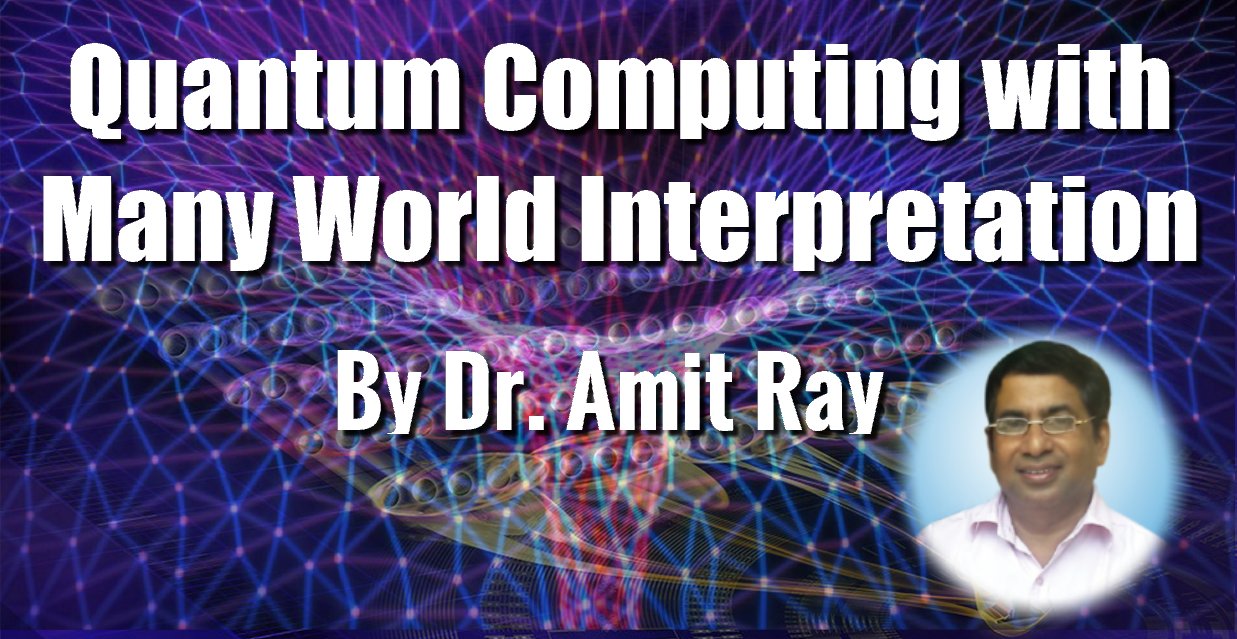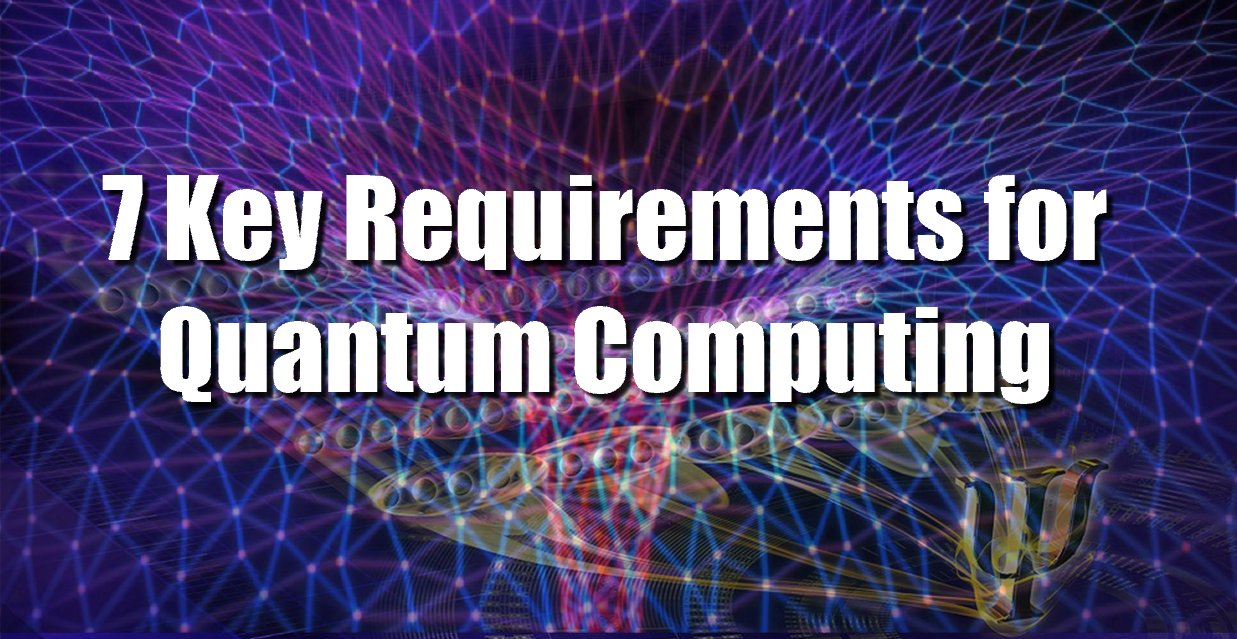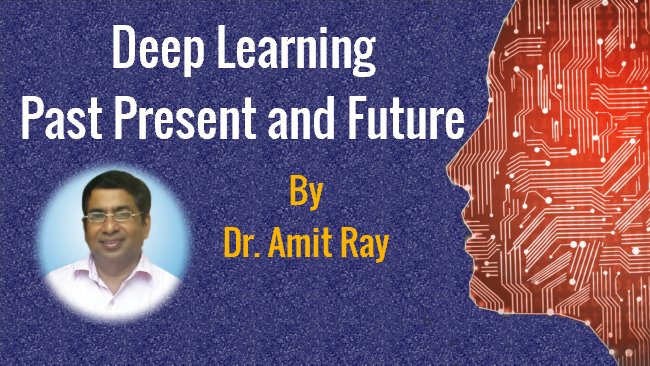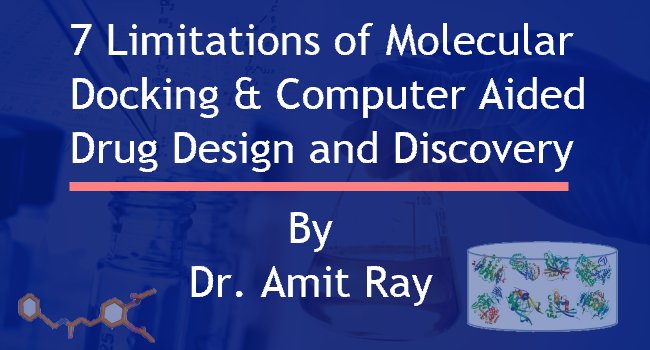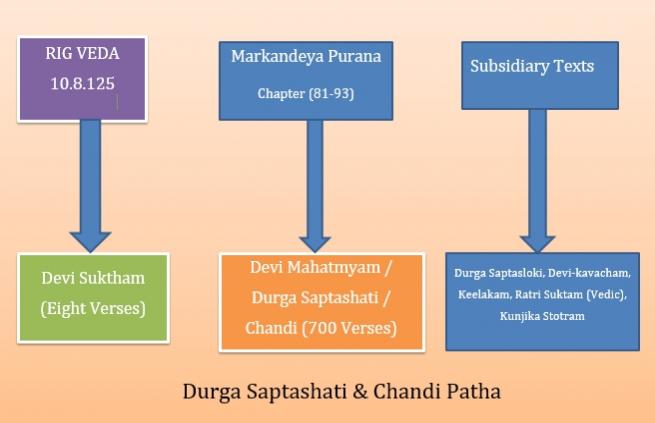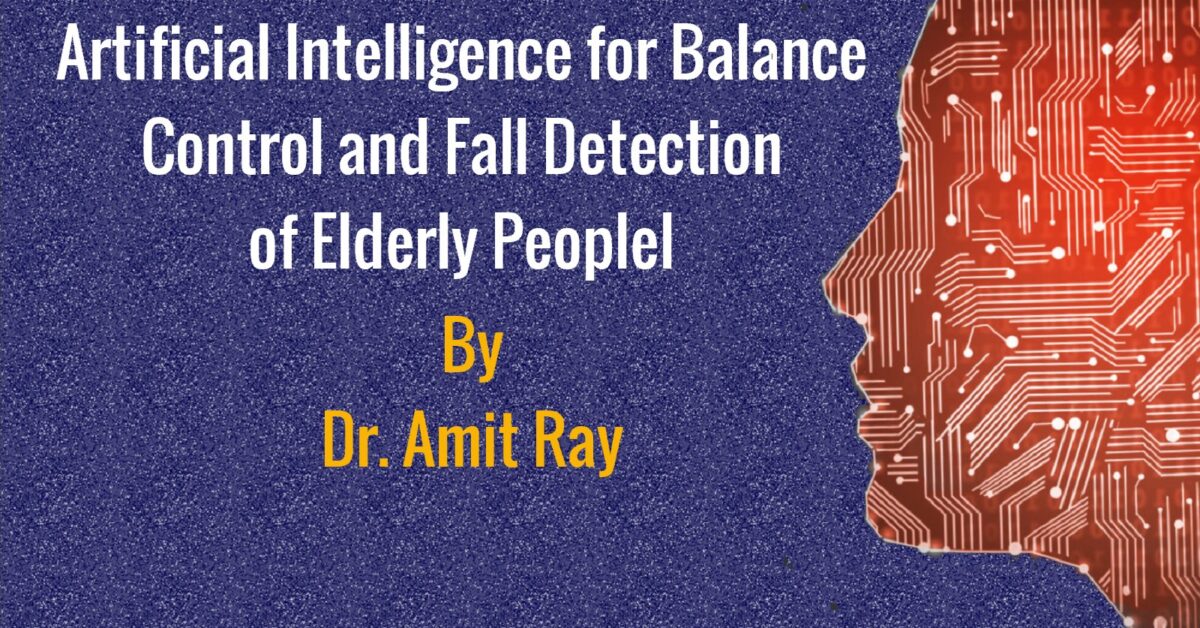Impact of Deep Om Meditation on Trait and State Behavior
Impact of Deep Om Meditation on Trait and State Behavior
Here, Sri Amit Ray explains how Om Chanting can improve our state (short term) and trait (long term) behavior. Om chanting changes our emotional reactions and responses to external stimuli and internal experiences in a positive way. Dr. Ray explains how low frequency Om chanting can reduce tensions and anxiety under various pressure conditions such as before examination, before public talk, before important sports events and during critical challenges of life.

Deep Om Meditation
Deep Om Meditation is a systematic seven step integrated OM meditation program. These Om meditation technique enables you to modify unconscious patterns often deeply rooted in personality and behavior. While even short regular practice gives release to stress, long regular meditation may bring profound insight and change within reach. Meditation is a practice to refine your experience and to open a new dimension to your lives. It is a means to tap into a deep source of positive energy and joy.
Om Chanting and Self-Regulation
Research consistently shows that self-regulation skill is necessary for reliable physical and emotional well being. Self-regulation is the control of oneself by oneself in diverse situations of life. It is the ability to resist impulsive behaviors.… Read more..

